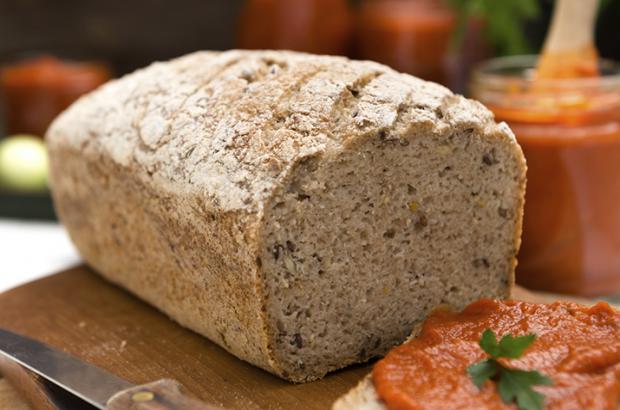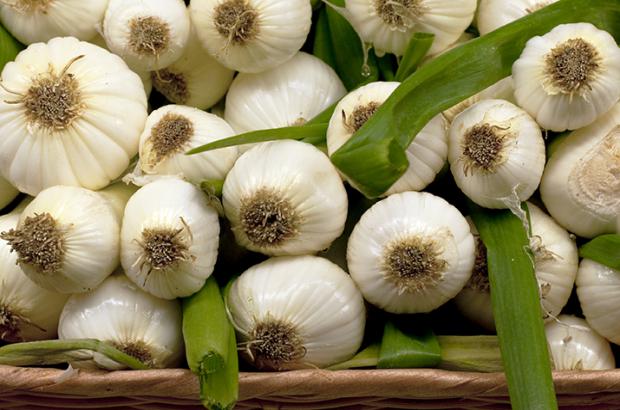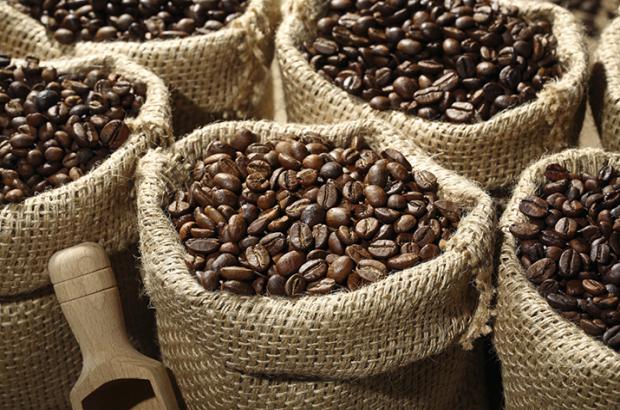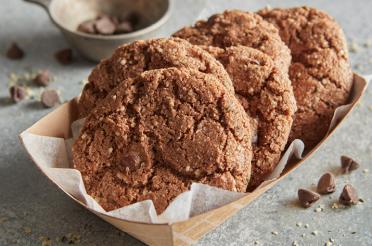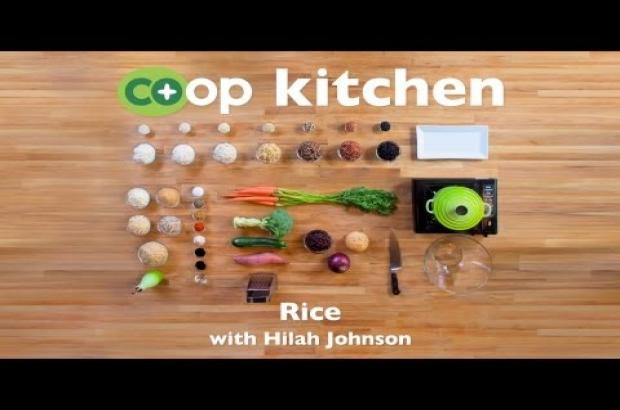Article
Growing Green Onions (Without a Garden)
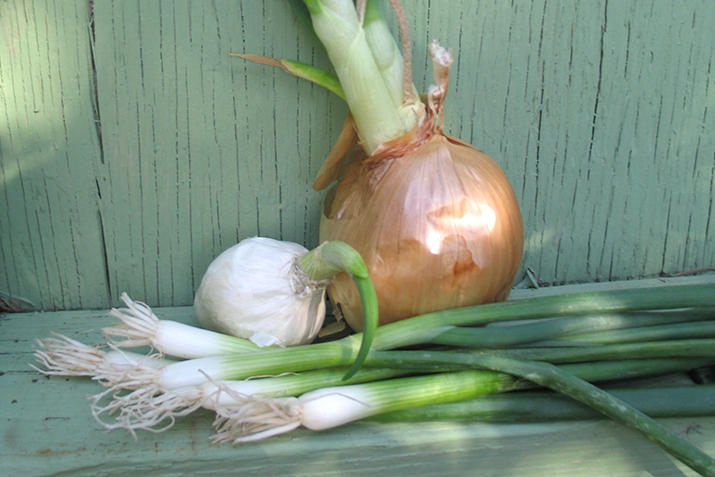
Sure, you say. I’d like to have a garden, but I don't have a yard, I only have a window ledge, and my thumb is anything but green. How can I grow vegetables?
Let me introduce you to the most determined vegetable of them all, the onion. Onions are members of the allium family which means they have a bulb, a handy little storage chamber at the base of the stem and it’s the secret to the onion’s invincibility. These plants have a life wish!
Think of all those onions that sprouted in the fridge or on the counter—they drew on their reserves to grow new leaves, and that pointy green sprout, as we know from eating scallions, is just as delicious as the bulb, and a lot easier to grow.
Onions are a wonderful mix of green vegetable and condiment. A sprinkling of chopped green onion boosts flavor, presentation and nutrition of everything from mashed potatoes to enchiladas and pad Thai. Fresh green onions provide vitamins A and C, iron, calcium and fiber.
So what do you need to get started growing these gems?
- A pot at least 6 inches deep and as wide as your space allows
- Good quality potting soil
- A bunch of young green onions or a bag of pearl onions from your local food store
Selecting Your Onions: Two Options for Onion Greens
Green Onions
Young green onions are sometimes called scallions, spring or salad onions, and can be found with the lettuces in the produce section. They are whole young plants grown from seed and harvested just as their bulbs and leaves become juicy. Unlike the larger onions over there by the potatoes these have not been allowed to mature and dry out; they’re teenage onions. Their fat little white roots should still be attached. The longer and more intact these roots are the faster the onions will grow again. Before you plant them, cut off and use their long green tops—trimming their tops is important to encourage new growth. Just be sure not to cut down into the white bulb itself.
Pearl Onions
Pearl onions, also called boiler onions, are a bit of a gourmet item. These miniature dried onions are just an inch or two in diameter and are often used for creamed onions or for roasting with meat or new potatoes. They may be white, yellow or even red. They usually come packed twenty or so in a nifty little mesh bag, but you might also find them in bulk at a farmers’ market. These will take a little longer than green onions to get started as they have to grow new roots. But because their bulb is larger they have the potential to make a healthy show of greenery to harvest and enjoy. Their tops are pointed and their roots are a brushy dried stubble.
Planting
To plant your onions, fill the pot half full with moist soil. Then arrange the onion plants or bulbs two inches apart with the root side down. Gently but firmly pack more soil around them until the trimmed top of the green onion is just peeking out or the bulbs are completely covered. Water well and add more soil if it settles and exposes the bulbs. Place in a sunny window (onions need about six to seven hours of light per day) or under a grow light, and be patient.
Keep the pots moist and in a few weeks you will have a crop of green onion tops to harvest. Once harvested they will grow more green tops and you can harvest them again and again. In fact now that you know the trick you can start onion pots as gifts for all your friends!

